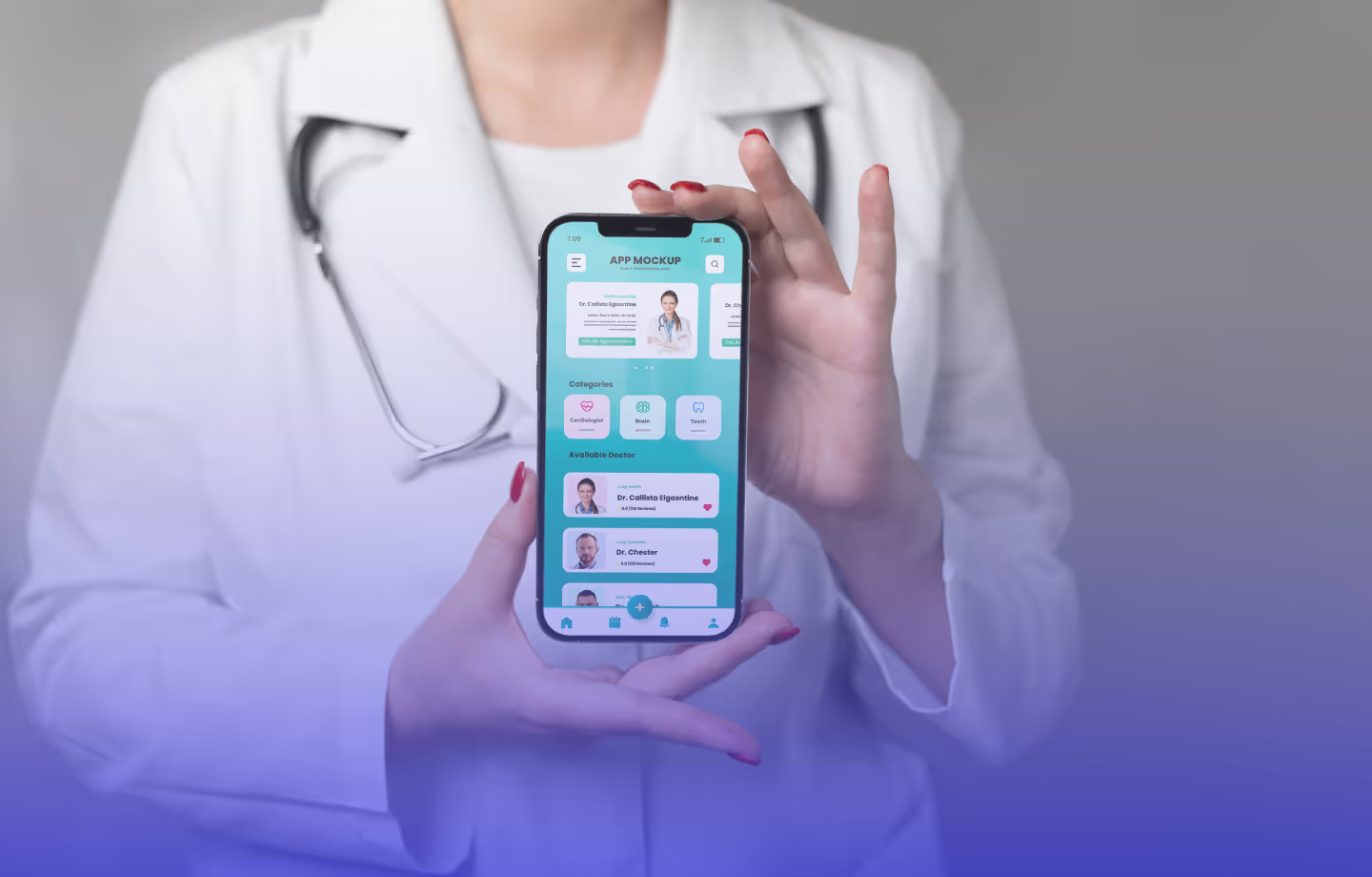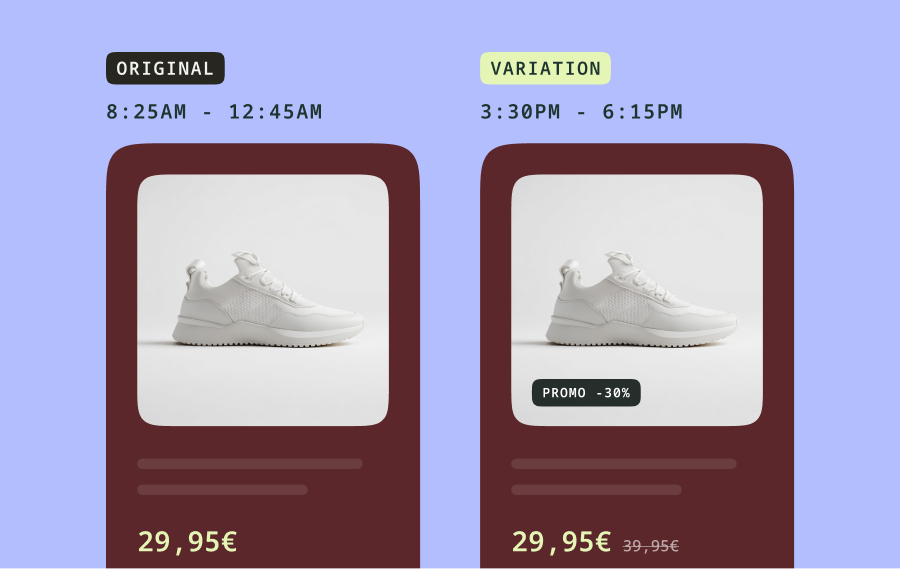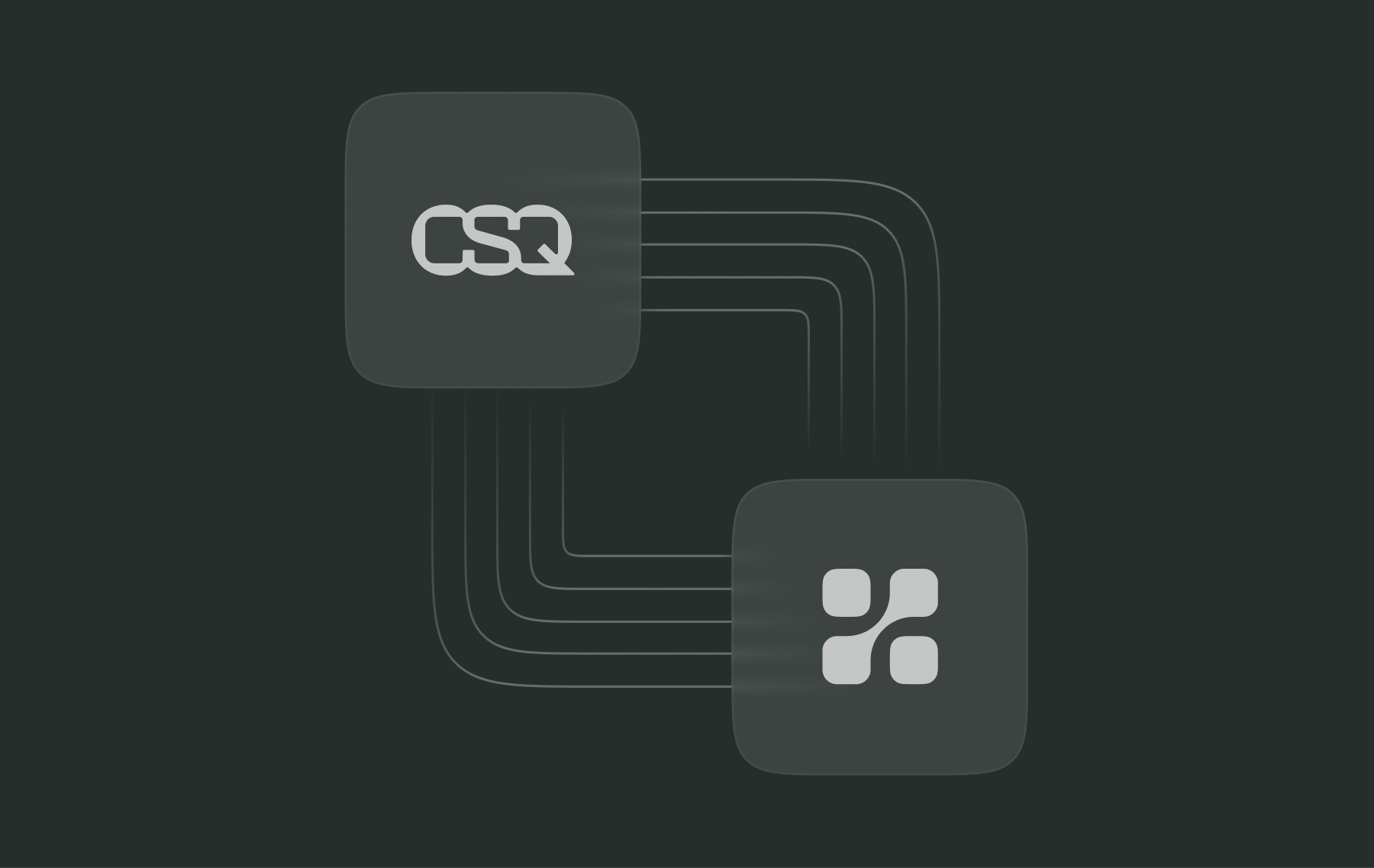Feature flags in healthcare app development for mHealth

Feature flags give mHealth app developers full control over their feature lifecycle. Think of them as on/off switches for a healthcare app's features, enabling safer, more controlled, and targeted releases. They also allow teams to experiment with new features, treating them like growth experiments.
Here’s how feature flagging can revolutionize your mHealth app development and where to begin.
Why mHealth (mobile health) apps need to explore feature flags
In a large-scale Springer analysis of mHealth app user reviews, researchers examined over 5 million user reviews for 278 mHealth apps on the App Store and Google Play. They studied these reviews in 16 crucial app areas.
And it turns out that even basic app experiences disappointed users:
- 52% of the reviews analyzed gave a 1-star rating due to poor login experiences. Another 10% rated apps two stars, yet another 10% gave 3-star ratings.
- Only about 40% of users rated apps 4 to 5 stars for stability, indicating that most mHealth apps report issues.
- Just around 45% of users rated apps highly for compatibility.
But where does feature flagging fit here?
All these app aspects basically tie back to how mHealth apps and their features are traditionally built.
Feature flags, however, change this completely.
Before we explore how they do that, here’s a quick primer on feature flagging:
What are feature flags? And how they work with mHealth apps
Feature flags are product development tools that let you control and experiment how your feature code behaves. If you code a feature and use a feature flag to control that feature code, the value of your feature flag determines if the feature code will run in the app:
- If the feature flag for some feature’s code is ON, the feature becomes available.
- Alternatively, if it’s OFF, the feature remains unavailable.
In traditional feature release cycles, product teams develop a feature (or experience), test it, and then ship — deploy and release — it. But with feature flags, they can decouple deployment from release, so they can deploy a feature but don’t have to execute it. They can choose to execute their feature code and make the feature available when they want to.

Using feature flags, mHealth app makers can release optimized new features and experiences in risk-free ways while maintaining a high development velocity.
How feature flags are the solution to building better mHealth apps (benefits and use cases)
Accelerating dev speed
By decoupling deployment and release stages, feature flags allow your team to deploy feature code without executing it, meaning you don’t have to "release" it. This enables continuous coding and shipping of still-in-development features, which can be released when ready, accelerating development speed.
This avoids slower shipping cycles, which can negatively impact crucial user in-app experiences like logging in.
For example, users can find logging in frustrating if:
- They don’t find a quick social sign-in feature.
- They want to be able to log in quickly using OTPs, but the feature is missing.
- They find the UI for retrieving their username or password not intuitive.
These frustrations are evident through app store reviews. In this Springer report, for example, 28.49% of users in the telehealth mHealth subcategory who made feature requests in reviews rated their apps just 1 star.
If your team wants to ship more features offering better app experiences, you must ship more often. Feature flagging is one way to enable this.
There's another important aspect: it's not just about building more features but also about building the right features the right way. This attitude is a nod towards feature experimentation.
Bringing feature experimentation to mHealth
With feature flags, you can treat your features like growth experiments.
Let’s say you hypothesize that adding a social sign-in feature will enhance your user experience and eventually improve your user lifetime value metric. In this case, you could use feature flags to release a high-quality prototype of your sign-in feature to a select user segment. Doing so lets you validate your hypothesis before fully building and integrating a new feature into your app.
Feature experimentation is important as many features actually don’t add much value. Product expert Eddie Aguilar from Blazing Growth explains that “[s]hipping features fast without proving they work is a massive problem in engineering…” He recommends experimentation to “prove the value of your idea first” and save yourself from investing “tons of resources at a concept that might result in a net negative.”
Feature flags also enable you to test different implementations of a feature to determine the one that works the best:

With feature flags, you can even test different in-app experiences. For example, you might run an A/B test on your login screen and find a more optimized experience.
Enhancing testing and quality assurance
mHealth app updates tend to trigger strong user reactions: Users feel either very satisfied or frustrated with app updates.
On average, only about 25% of the users from this study who mentioned updates in their reviews gave a 5-star rating to the apps. In contrast, 34% of those who reported update issues rated the apps one star.
These stats highlight the need for better quality assurance for launching updates.
Feature flags can help with this by providing a kind of a safety net:
- By doubling up as rollback/kill switches. If a feature seems to negatively impact an app’s performance negatively or releases to poor user feedback, you can use feature flags to disable or even kill them easily. Just “turn off” the feature flag, and the app will return to how it was without it.
- By supporting rigorous testing. Feature flags enable you to gradually release new features to select user segments before a full launch. For instance, you could initially show a new feature only to internal testers, then introduce it to beta users to gather valuable feedback on performance and value, and then go from there.
- By supporting targeted rollouts. If you want to update a feature only for your users, say, on a particular iOS version, you can target their specific segment with the help of feature flags. This means you can gradually release updates, with considerably less risk.
While feature flagging finds its main application in mHealth in development, it has other use cases too. For instance, you can also use feature flags to time feature releases to marketing campaigns to make the most of them.
Feature flags also help manage service entitlement—enabling access to features only to customers who meet some criteria.
You can even offer personalized app experiences using feature flags by setting rules defining what features/experiences get delivered to your different user segments.
So how can you add feature flags to your mHealth app development mix?
Implementing feature flags in healthcare app development
The best way to add feature flags to your mHealth app is to use a full-stack feature experimentation solution. And that's because mature feature experimentation solutions like Kameleoon do both the things you need from feature flags: Feature management and feature experimentation. In fact, we just got a shoutout for our unified approach to feature management and experimentation in the latest Forrester Wave™ on ‘Feature Management and Experimentation Solutions’.
A full-stack feature experimentation solution brings everything you need to build winning features. You get feature flags, progressive rollouts, targeted releases, easy rollbacks, feature experimentation with detailed reporting, and more.
Going with feature flagging solutions that are geared more toward software delivery, on the other hand, means you might have to do some work to get your experimentation infra together. Think of it like buying a car to drive as opposed to building all the tools and parts you need to build a car... and drive.
If you have tried implementing feature experimentation using a feature management tool, then you probably know how challenging some things can get. For example, reporting on your feature experiment data and how it ties to your business data.
Using feature flags in healthcare apps: challenges and solutions
Ensuring compliance and security with feature flags. When working with a feature flagging, management, and experimentation solution vendor, ensure that they’re HIPAA compliant and can sign a Business Associate Agreement (BAA) with you. Learn about Kameleoon’s HIPAA compliance here.
Managing feature flag complexity. As you add more feature flags to your codebase, complexity can increase, potentially leading to technical debt. Following feature flag best practices—such as regularly reviewing your feature flags, cleaning up any unused ones, and documenting your process—can help manage this. Kameleoon’s intuitive feature flags dashboard with staleness checks also does its bit here.
Ensuring consistency across environments. Your feature flags need to work consistently across your different app environments. The best way to go about this is to use a feature flagging solution with an effective multi-environment setup, eliminating the need to reconfigure flags in each environment.
Balancing speed with stability. Finding the right balance between quickly deploying new features through feature flags and maintaining system stability is crucial. Properly handling dependencies and conflicts between feature flags and features during flag configurations is essential for achieving this balance.
Graduating to feature experimentation. While feature flagging’s mainstream use case is managing feature releases, combining it with feature experimentation helps you do more. And at some point, when you progress to feature experimentation, your engineering, product, and marketing teams will need to collaborate on your experiments. You can easily outgrow your feature flagging solution unless you use an all-team experimentation solution that’s built to handle such collaboration and company-wide experimentation.
Getting started with feature flagging
Adding feature flags to your mHealth app development mix can transform your mHealth app development cycle and pave the way for innovation. Learn more about Kameleoon’s full-stack feature flagging solution and why healthcare players trust Kameleoon to build better mHealth solutions.




